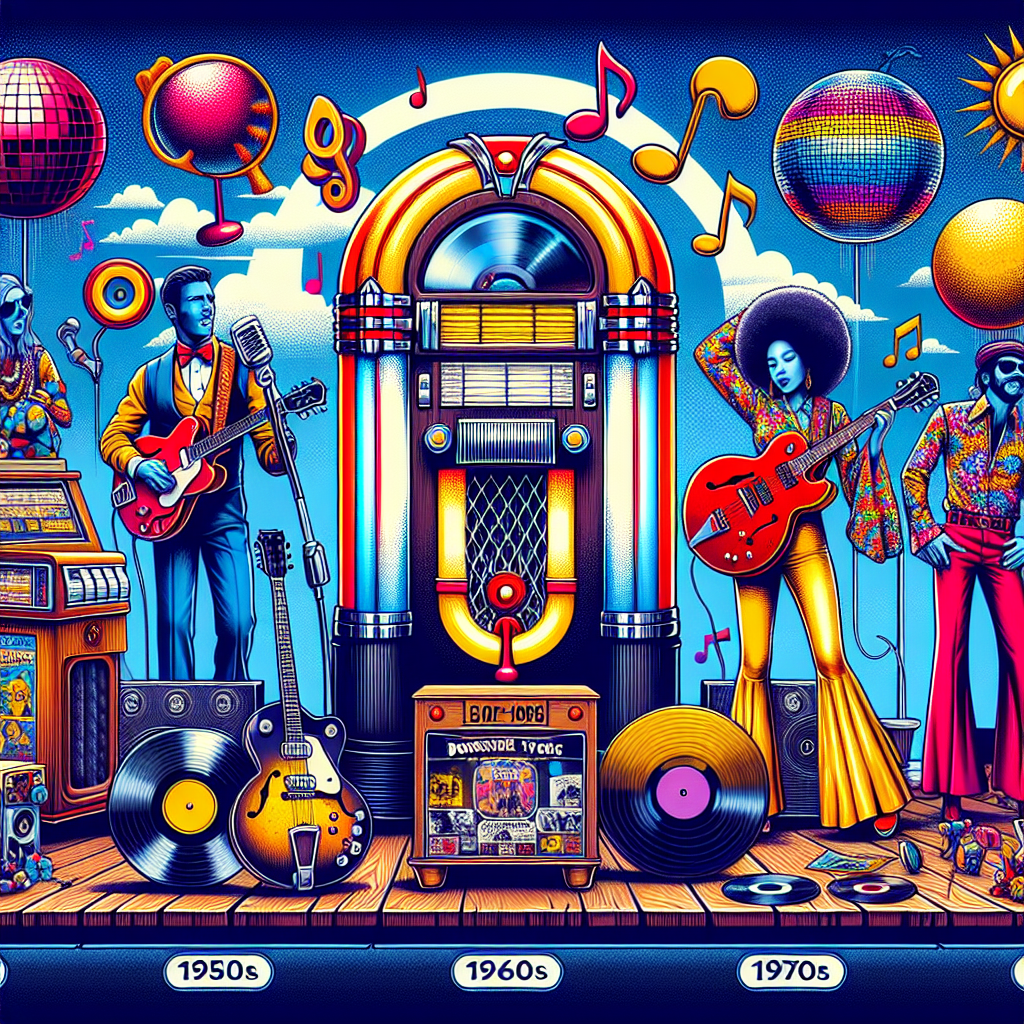Rock ‘n’ roll music has always been a reflection of the times, capturing the essence of each era with its distinctive sound and style. From the rebellious spirit of the 1950s to the psychedelic sounds of the 1960s and the gritty energy of the 1970s, rock ‘n’ roll has evolved and adapted to reflect the changing cultural landscape.
In the 1950s, rock ‘n’ roll emerged as a new form of music that blended elements of rhythm and blues with country and western influences. Artists like Elvis Presley, Chuck Berry, and Little Richard brought a raw energy to their performances that resonated with young people looking for something different from the mainstream pop music of the time. The music was seen as rebellious by many adults and politicians who feared its influence on youth culture.
Despite this backlash, rock ‘n’ roll continued to grow in popularity throughout the 1960s, becoming a driving force behind social change and political activism. Bands like The Beatles, The Rolling Stones, and The Who used their music to challenge authority and promote messages of peace, love, and equality. The rise of counterculture movements like hippies and civil rights activists further fueled this spirit of rebellion.
As technology advanced in the 1960s, so too did the sound of rock ‘n’ roll. Artists began experimenting with new recording techniques and electronic instruments, leading to innovations in sound production that would shape the future of music. The rise of FM radio also gave artists more freedom to explore different genres and styles, leading to a greater diversity in rock ‘n’ roll music.
The 1970s saw rock ‘n’ roll evolve once again, with bands like Led Zeppelin, Pink Floyd, and Black Sabbath pushing boundaries with their heavy riffs and complex arrangements. This era also saw the rise of punk rock as a reaction against what was seen as bloated excess in mainstream rock music. Punk bands like The Ramones and The Sex Pistols brought a raw energy back to rock ‘n’ roll that resonated with disaffected youth.
Throughout these decades, fashion played a key role in shaping the image of rock ‘n’ roll. From leather jackets and greased hair in the 1950s to tie-dye shirts and bell-bottom jeans in the 1960s to leather pants and studded belts in the 1970s, each era had its own distinctive look that became synonymous with rock ‘n’ roll culture.
Looking back on these decades, it’s clear that rock ‘n’ roll has always been more than just music – it’s been a reflection of our society’s values, beliefs, and aspirations. It has provided a voice for those who felt marginalized or oppressed, offering a sense of belonging and community for generations of fans.
As we move forward into an uncertain future filled with technological advances and social upheaval, it’s important to remember how far we’ve come through music like rock ‘n’ roll. It has shown us that even in our darkest moments, there is always hope for change and progress if we are willing to stand up for what we believe in.


Get involved!
Comments